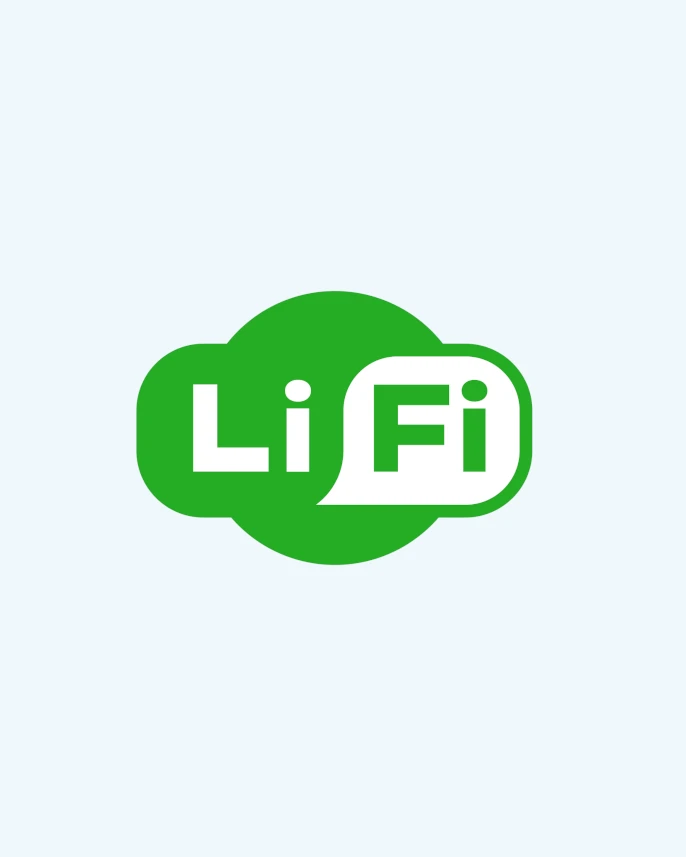In the realm of wireless communication, a groundbreaking technology called LiFi has emerged, promising to revolutionize the way we connect to the digital world. LiFi, short for Light Fidelity, utilizes light waves to transmit data, offering unprecedented speed, security, and reliability. This article explores the intricacies of LiFi technology, its applications across various sectors, and the wide-ranging benefits it brings. Through real-world examples, we’ll delve into the immense potential of LiFi, transforming the landscape of wireless communication as we know it.
What is LiFi Technology?
LiFi, an abbreviation for Light Fidelity, is a wireless communication technology that uses light waves to transmit data. Developed by Professor Harald Haas in 2011, LiFi has gained significant attention due to its exceptional speed and security. Unlike traditional WiFi, which employs radio frequency signals, LiFi utilizes visible light, including LED bulbs, to facilitate data transfer. By modulating the intensity of light at a rapid pace, LiFi enables the encoding and decoding of data, allowing for seamless wireless communication.
Benefits of LiFi Technology
- Unmatched Speed: LiFi boasts astonishing data transfer speeds, reaching up to 100 times faster than traditional WiFi. With LiFi, large files can be downloaded or uploaded in mere seconds, enhancing productivity and user experience.
- Enhanced Security: Light waves used in LiFi technology do not pass through walls, offering an inherent level of security. This characteristic makes it extremely difficult for hackers to intercept data, providing a more secure communication environment.
- Greater Bandwidth: Unlike WiFi, which operates within limited radio frequency bands, LiFi utilizes the vast and unutilized spectrum of visible light. This abundant bandwidth ensures minimal interference and congestion, resulting in superior connectivity and network performance.
- Immunity to Electromagnetic Interference: LiFi is immune to electromagnetic interference, making it an ideal choice for settings sensitive to radio frequency signals, such as hospitals, aircraft, and manufacturing facilities.
- Energy Efficiency: LiFi technology can coexist with existing lighting infrastructure, effectively utilizing the power consumed by LED bulbs to transmit data. This dual functionality enhances energy efficiency, reducing overall energy consumption.
LiFi Applications and Examples
- Smart Lighting Systems: LiFi can be integrated into smart lighting systems, enabling not only illumination but also high-speed data communication. In office buildings, homes, or public spaces, LiFi-enabled lights provide both lighting and data connectivity, transforming the way we interact with our environment.
- Retail and Hospitality: LiFi can enhance the shopping experience by providing personalized offers, real-time product information, and location-based services through smart lighting fixtures. In hotels, LiFi enables secure and high-speed internet access in guest rooms, conference halls, and public areas.
- Industrial Automation: LiFi technology finds applications in industrial environments where wireless communication must coexist with sensitive machinery. It ensures reliable and secure data transfer in factories, minimizing interference and improving operational efficiency.
- Healthcare: In healthcare settings, LiFi can offer seamless connectivity in medical devices. Moreover, ensuring efficient data transmission between equipment, patient monitoring systems, and electronic medical records. LiFi’s immunity to electromagnetic interference makes it ideal for use in critical care areas.
Conclusion
LiFi technology has ushered in a new era of wireless communication, leveraging light waves to provide lightning-fast speed, enhanced security, and abundant bandwidth. Its applications span across various sectors, promising a myriad of benefits in smart lighting, retail, healthcare, and industrial automation. As LiFi continues to evolve, its transformative potential in redefining how we connect and communicate becomes increasingly apparent. Embracing LiFi opens up exciting possibilities, heralding a future where data transmission occurs effortlessly through the flicker of light.
